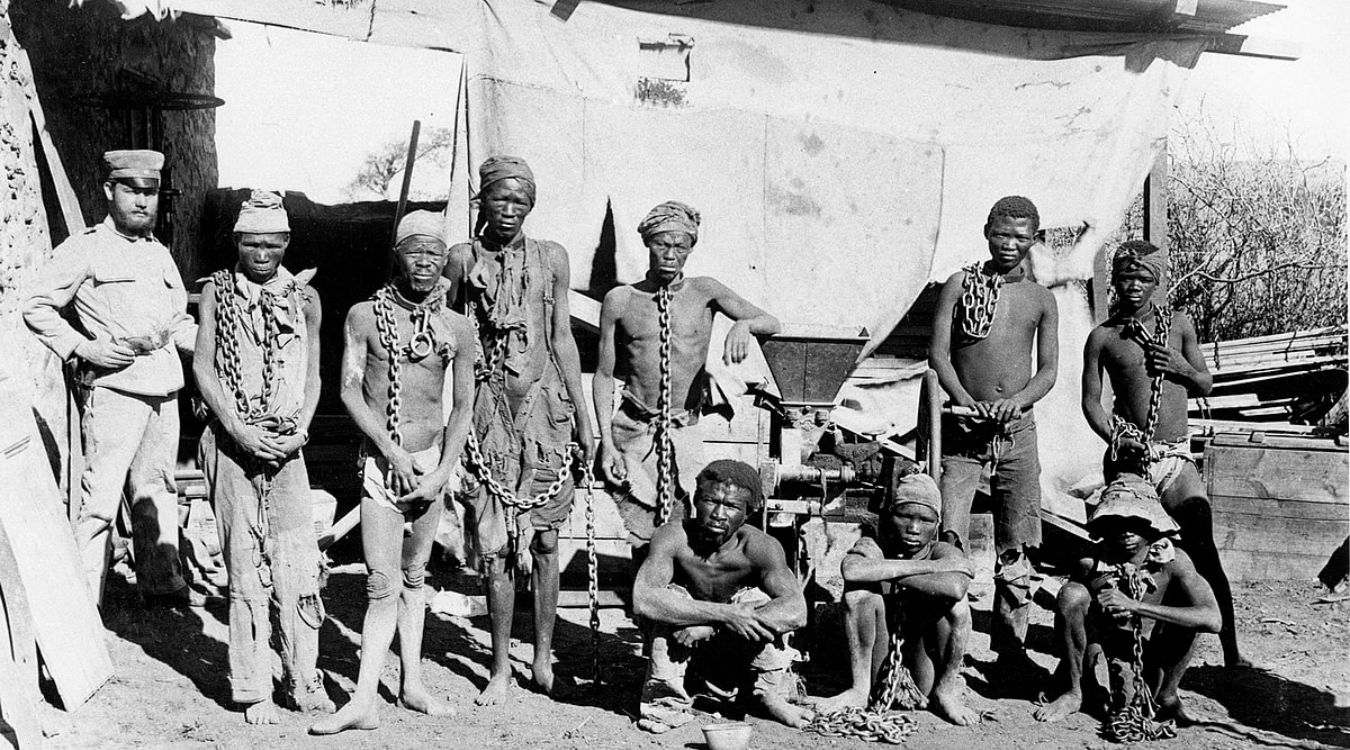
The Ondonga Uprising is a significant event in Namibian history that often flies under the radar. This revolt, which took place in the early 20th century, was a response to colonial pressures and injustices faced by the Ondonga people. Understanding the Ondonga Uprising provides a window into the resilience and determination of the Ondonga community. This blog post will highlight 30 intriguing facts about this pivotal moment, shedding light on the causes, key figures, and lasting impacts. Whether you're a history buff or just curious, these facts will enrich your knowledge about a crucial chapter in Namibia's past.
Key Takeaways:
- The Ondonga Uprising in Namibia was a brave resistance against German colonial forces, led by courageous leaders like Nehale Mpingana, and continues to inspire the Ondonga community today.
- The Ondonga Uprising left a lasting impact on the Ondonga people, shaping their history, fostering unity, and influencing Namibian culture and art.
The Ondonga Uprising: A Brief Overview
The Ondonga Uprising was a significant event in Namibian history. It involved the Ondonga people, a subgroup of the Ovambo, who resisted colonial rule. This uprising is a testament to the resilience and bravery of the Ondonga community.
- The Ondonga Uprising took place in 1904, during the broader context of the Herero and Namaqua genocide.
- The uprising was primarily against German colonial forces, who had imposed harsh and exploitative policies.
- Nehale Mpingana, a prominent Ondonga leader, played a crucial role in organizing and leading the resistance.
- The Ondonga people were skilled warriors, using traditional weapons such as spears and bows in their fight.
- The German forces were better equipped with modern firearms, making the resistance challenging for the Ondonga.
- Despite being outgunned, the Ondonga managed to inflict significant casualties on the German troops.
- The uprising was part of a larger wave of resistance across Namibia, including the Herero and Nama revolts.
- The Ondonga's resistance was fueled by grievances over land confiscation, forced labor, and oppressive taxation.
- The German colonial administration responded with brutal reprisals, including executions and village burnings.
- The Ondonga Uprising is remembered as a symbol of resistance and defiance against colonial oppression.
Key Figures and Leaders
Understanding the key figures in the Ondonga Uprising provides insight into the leadership and strategies employed during the resistance.
- Nehale Mpingana, the paramount chief of the Ondonga, is celebrated for his leadership and bravery.
- Mpingana's strategic acumen allowed the Ondonga to launch surprise attacks on German outposts.
- Other notable leaders included Kambonde kaMpingana, who also played a significant role in the resistance.
- The leadership structure of the Ondonga was based on traditional hierarchies and respect for elders.
- Women in the Ondonga community also contributed to the resistance, providing support and intelligence.
The Impact on the Ondonga Community
The uprising had profound effects on the Ondonga people, shaping their history and identity.
- The German reprisals led to significant loss of life and displacement within the Ondonga community.
- Many Ondonga villages were destroyed, leading to economic hardship and food shortages.
- The uprising fostered a sense of unity and solidarity among the Ondonga people.
- Oral traditions and stories of the uprising have been passed down through generations, preserving the memory of the resistance.
- The Ondonga Uprising influenced later resistance movements in Namibia, including the struggle for independence.
Legacy and Commemoration
The legacy of the Ondonga Uprising continues to be honored and remembered in various ways.
- Monuments and memorials have been erected in Namibia to commemorate the uprising and its leaders.
- The Namibian government recognizes the Ondonga Uprising as an important part of the country's history.
- Annual ceremonies and events are held to honor the bravery and sacrifice of the Ondonga warriors.
- The uprising is taught in Namibian schools as part of the national curriculum.
- Scholars and historians continue to study the uprising, contributing to a deeper understanding of Namibian history.
Cultural Significance
The cultural impact of the Ondonga Uprising extends beyond its historical context.
- The stories of the uprising are reflected in Ondonga music, dance, and art.
- Traditional songs and dances performed during commemorations serve as a reminder of the community's resilience.
- The uprising has inspired contemporary Namibian artists and writers to create works that celebrate Ondonga heritage.
- The Ondonga people continue to honor their ancestors through rituals and ceremonies that recall the uprising.
- The spirit of resistance and defiance against oppression remains a core part of Ondonga identity and pride.
The Ondonga Uprising: A Glimpse into History
The Ondonga Uprising offers a fascinating look into a pivotal moment in Namibian history. This event, marked by resistance against colonial rule, showcases the resilience and determination of the Ondonga people. Understanding these historical facts helps us appreciate the struggles and triumphs that shaped modern Namibia.
From the leadership of King Nehale lya Mpingana to the cultural significance of the uprising, each fact adds depth to our knowledge. The uprising wasn't just a fight for land but a battle for identity and autonomy. It reminds us of the importance of preserving history and learning from it.
By exploring these facts, we gain insight into the complexities of colonial resistance and the enduring spirit of the Ondonga. This historical episode continues to inspire and educate, highlighting the power of unity and the quest for freedom.
Frequently Asked Questions
Was this page helpful?
Our commitment to delivering trustworthy and engaging content is at the heart of what we do. Each fact on our site is contributed by real users like you, bringing a wealth of diverse insights and information. To ensure the highest standards of accuracy and reliability, our dedicated editors meticulously review each submission. This process guarantees that the facts we share are not only fascinating but also credible. Trust in our commitment to quality and authenticity as you explore and learn with us.
